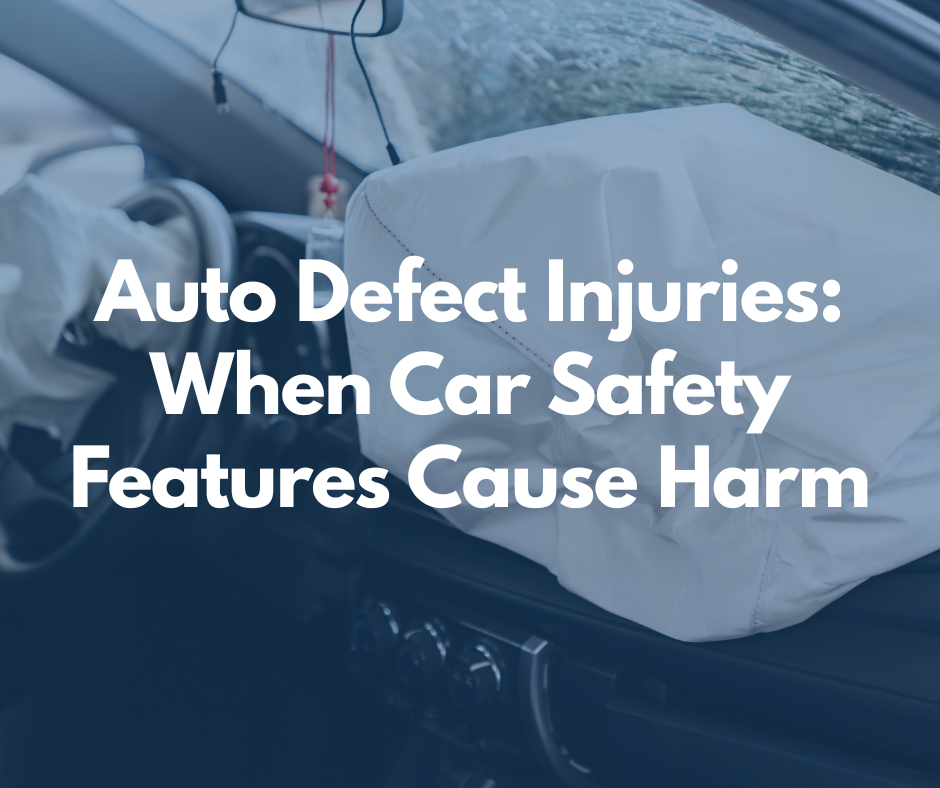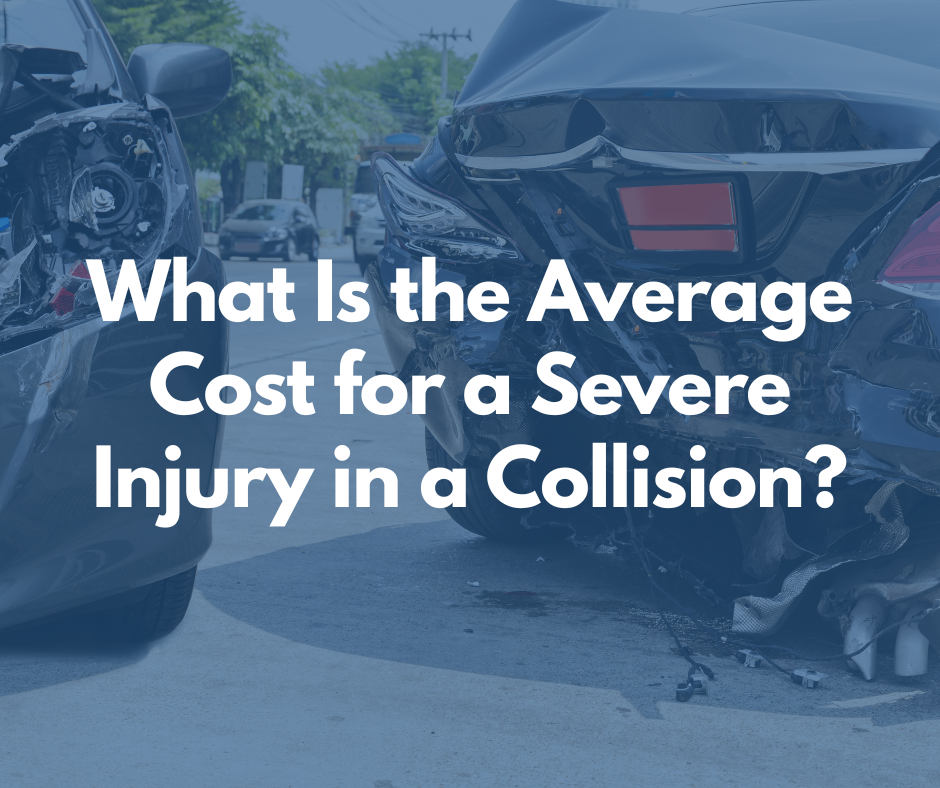
In the realm of personal injury law, negligence is one of the most common legal theories under which individuals seek compensation for injuries they sustain due to the actions or inactions of others. Whether the incident involves a car accident, a slip and fall, or a medical malpractice claim, the underlying principle often revolves around proving negligence. Understanding the elements of a negligence case is crucial for victims seeking justice and for personal injury attorneys representing their clients. This blog post will delve into the key elements of a personal injury negligence case, exploring each in detail.
What is Negligence?
Negligence, in its legal sense, refers to a failure to behave with the level of care

that a reasonably prudent person would have exercised under the same circumstances. In personal injury law, negligence occurs when an individual or entity fails to act as a reasonable person would, thereby causing harm to another party.
To succeed in a personal injury negligence claim, the plaintiff (the injured party) must prove several elements to establish the defendant’s liability. These elements form the foundation of any negligence case and must be met to recover damages. The core elements of negligence include:
- Duty of Care
- Breach of Duty
- Causation
- Damages1. Duty of Care
- The first element in a personal injury negligence case is the establishment of a
duty of care. A duty of care is a legal obligation imposed on individuals or entities requiring them to adhere to a standard of reasonable care while performing acts that could foreseeably harm others.
a) General Duty of Care
In most personal injury cases, the duty of care arises from a general principle that everyone must act in a manner that does not create an unreasonable risk of harm to others.
For example:
- Drivers have a duty to operate their vehicles safely and follow traffic laws to prevent accidents.
- Property owners have a duty to maintain safe premises for visitors or to warn them of potential hazards.
- Doctors have a duty to provide competent medical care to their patients.
The duty of care varies depending on the context of the case. In some situations, such as those involving professionals like doctors or accountants, the duty of care may be more specific and defined by professional standards.
b) Special Duty of Care
There are situations where a special duty of care exists, which may be imposed by law or regulation. These special duties may arise in specific relationships, such as:
- Employers have a duty to provide a safe working environment for their employees.
- Parents have a duty to care for and protect their children.
- Manufacturers have a duty to ensure that their products are safe for consumers.
2. Breach of Duty
Once a duty of care is established, the next element is proving a breach of

duty. A breach occurs when the defendant fails to act as a reasonably prudent person would have under similar circumstances, thereby violating their duty of care.
a) Standard of Care
The court will compare the defendant’s actions to the behavior expected of a reasonably prudent person in the same situation. This is known as the “standard of care.” If the defendant's actions fall below this standard, they may be found to have breached their duty of care.
For example:
- In a car accident case, a driver who speeds, runs a red light, or drives while intoxicated has breached their duty to operate the vehicle safely.
- In a premises liability case, a store owner who fails to clean up a spill in a timely manner, resulting in a customer slipping and falling, may be found to have breached their duty to maintain a safe environment.
b) Establishing Breach
To establish a breach of duty, the plaintiff must demonstrate that the defendant’s conduct was unreasonable and fell short of what a reasonably prudent person would have done. Evidence often plays a critical role in proving breach, such as:
- Eyewitness testimony
- Surveillance footage
- Expert testimony (e.g., in medical malpractice cases)
- Accident reports
The plaintiff must show that the defendant either did something they should not have done (an act) or failed to do something they should have done (an omission).
3. Causation
After proving that the defendant breached their duty of care, the plaintiff must show that this breach caused their injury. In negligence cases, causation is typically divided into two sub-elements: cause in fact and proximate cause.
a) Cause in Fact
Also known as “actual cause,” cause in fact is established by proving that the defendant’s breach of duty was the direct cause of the plaintiff’s injury. In other words, the injury would not have occurred “but for” the defendant’s actions. This is often referred to as the “but for” test.
For example:
- In a car accident case, if the defendant had not run a red light, the plaintiff would not have been injured in the crash. Therefore, the defendant’s action of running the red light is the cause in fact of the injury.
b) Proximate Cause
Proximate cause, also called “legal cause,” is a legal concept that limits liability to injuries that are a foreseeable result of the defendant’s actions. Proximate cause ensures that a defendant is only held responsible for harms that were reasonably predictable consequences of their breach of duty.
For example:
- If a driver negligently rear-ends another car, causing a chain reaction that injures a pedestrian on the sidewalk, the driver may be liable for the pedestrian’s injuries because the harm was a foreseeable result of the negligent driving.
However, if an unforeseeable event occurs that breaks the chain of causation (e.g., an unrelated third party’s actions or an act of nature), the defendant may not be held liable for injuries beyond what was foreseeable.
4. Damages
The final element in a personal injury negligence case is damages. Damages

refer to the harm or losses the plaintiff suffered as a result of the defendant’s breach of duty. In other words, even if the defendant was negligent, the plaintiff must show that they were harmed in some way to recover compensation.
a) Types of Damages
There are several types of damages that a plaintiff may be entitled to recover in a personal injury negligence case:
- Economic Damages: These damages compensate the plaintiff for measurable financial losses, including:
- Medical expenses (past and future)
- Lost wages and loss of earning capacity
- Property damage
- Rehabilitation and therapy costs
- Non-Economic Damages: These damages are awarded for non-monetary harm, such as:
- Pain and suffering
- Emotional distress
- Loss of enjoyment of life
- Loss of consortium (compensation for harm to a relationship, such as loss of companionship)
- Punitive Damages: In some cases, punitive damages may be awarded to punish the defendant for particularly reckless or egregious behavior. However, punitive damages are rare and are only awarded in cases where the defendant’s conduct was intentional or grossly negligent.
b) Establishing Damages
To establish damages, the plaintiff must provide evidence of the harm they suffered. This may include:
- Medical records and bills
- Expert testimony regarding the extent of injuries and future treatment needs
- Documentation of lost wages or reduced earning capacity
- Testimony from the plaintiff or their loved ones regarding the impact of the injuries on their quality of life
It is important to note that damages must be a direct result of the defendant’s breach of duty. If the plaintiff cannot show that the damages are connected to the defendant’s actions, their claim may fail.
Defenses to Negligence
While a plaintiff must prove the elements of negligence to succeed in their case, the defendant may raise defenses to avoid or reduce liability. Some common defenses to negligence claims include:
1. Comparative Negligence
Under comparative negligence, the defendant may argue that the plaintiff is partially responsible for their own injuries. In jurisdictions that follow comparative negligence laws, the plaintiff’s recovery may be reduced by their percentage of fault.
For example, if the plaintiff is found to be 20% at fault for a car accident, their damages award may be reduced by 20%. In some states, if the plaintiff is found to be more than 50% at fault, they may be barred from recovering any damages.
2. Contributory Negligence
Contributory negligence is a harsher rule followed by a few states. Under contributory negligence, if the plaintiff is found to be even slightly at fault for their injuries, they may be completely barred from recovering any damages.
For example, if the plaintiff was speeding at the time of a car accident, even though the defendant ran a red light, the plaintiff might be barred from recovery if the court determines their speeding contributed to the accident.
3. Assumption of Risk
In some cases, the defendant may argue that the plaintiff assumed the risk of injury by voluntarily engaging in a dangerous activity. If the plaintiff knowingly exposed themselves to a risk of harm and was injured as a result, the defendant may not be liable.
For example, if a spectator at a baseball game is hit by a foul ball, the defendant may argue that the plaintiff assumed the risk of such an injury by attending the game.
4. Statute of Limitations
The statute of limitations is the legal time limit within which a plaintiff must file

their negligence claim. If the plaintiff files their lawsuit after the statute of limitations has expired, the defendant can raise this as a defense to dismiss the case.
Statute of limitations periods vary by state and by the type of claim, but they typically range from one to several years from the date of the injury.
Conclusion
A personal injury negligence case is built upon four key elements: duty of care, breach of duty, causation, and damages. For a plaintiff to succeed, they must prove that the defendant owed them a duty of care, breached that duty, and that the breach directly caused their injury, resulting in measurable harm. The burden of proof lies with the plaintiff, and each of these elements must be substantiated through credible evidence.
However, even when a plaintiff can establish all four elements, defenses such as comparative negligence, contributory negligence, assumption of risk, or the expiration of the statute of limitations may significantly impact their ability to recover compensation. Understanding these defenses is critical, as they can either reduce or completely eliminate the defendant's liability.
Negligence law plays a central role in personal injury cases because it provides a framework for determining who is responsible for injuries and to what extent they should be held accountable. This framework ensures that injured parties have a legal avenue to seek compensation for their losses, while also balancing the responsibilities of individuals and entities to act with reasonable care.
For victims of accidents, the process of navigating a personal injury negligence claim can be daunting, but with the guidance of an experienced attorney, they can present a compelling case and increase their chances of a successful outcome. Attorneys will work to gather evidence, consult with experts, and present a well-structured argument to ensure their clients receive the justice and compensation they deserve.
If you have been injured in an accident call the expert personal injury attorneys at Metier Law Firm for a free consultation at (866) 377-3800 or online at metierlaw.com. If you don’t have a case we will let you know. If you do then we will give you options and direction.
Tell Us About Your Case – Free Case Review with a Personal Injury Lawyer
(866) 377-3800Our Locations
.webp)
Do I have a Case?
How Much Should I Be Offered?
Do I Need an Attorney?
If these questions have crossed your mind, let us help. You may need a little direction or may not need an attorney at all, but you deserve to be confident knowing your options. We can provide you with information about our Attorneys of the West® accident investigations and legal services. Your confidential consultation with us is totally free.
Keep up with us!

.svg)



